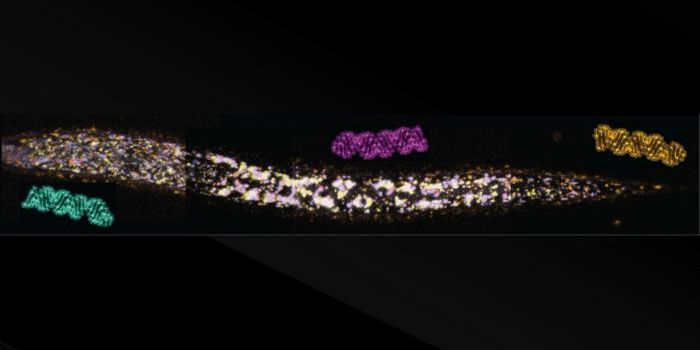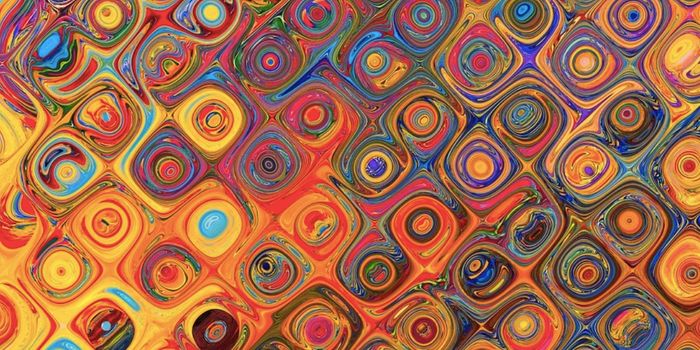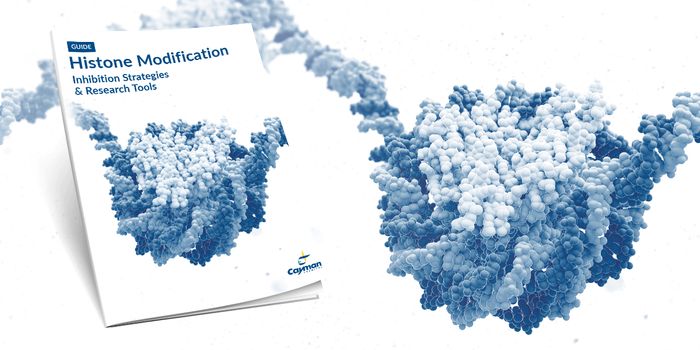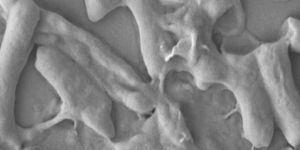Scientists from the U.S. Department of Energy are looking to apply DNA, the blueprints of our genetic material, to nanoparticle development for designing functional materials. The four nucleotides of DNA that bind selectively is an attractive quality for researchers looking for binding agents, and researchers plan to use this molecular glue to enhance nanoparticle technology.
Adenosine binds thymine, and vice versa. Cytosine binds guanine, and vice versa. This simple fact of life has been harnessed by physicists from the Brookhaven National Laboratory, in a study led by Oleg Gang, PhD. Gang said that their goal was to create “self-assembled nanostructures from blueprints” relying on the complementary base pairing of DNA.
Gang and his team essentially covered certain nanoparticles with single strands of DNA. By knowing that introducing complementary strands of DNA will cause the two strands to bind by complementary base pairing, the researchers could plan ahead what they wanted a certain structure to look like in its final form.
“The structure of our nanoparticle assemblies is mostly controlled by the shape and binding properties of precisely-designed DNA frames, not by the nanoparticles themselves,” Gang explained.
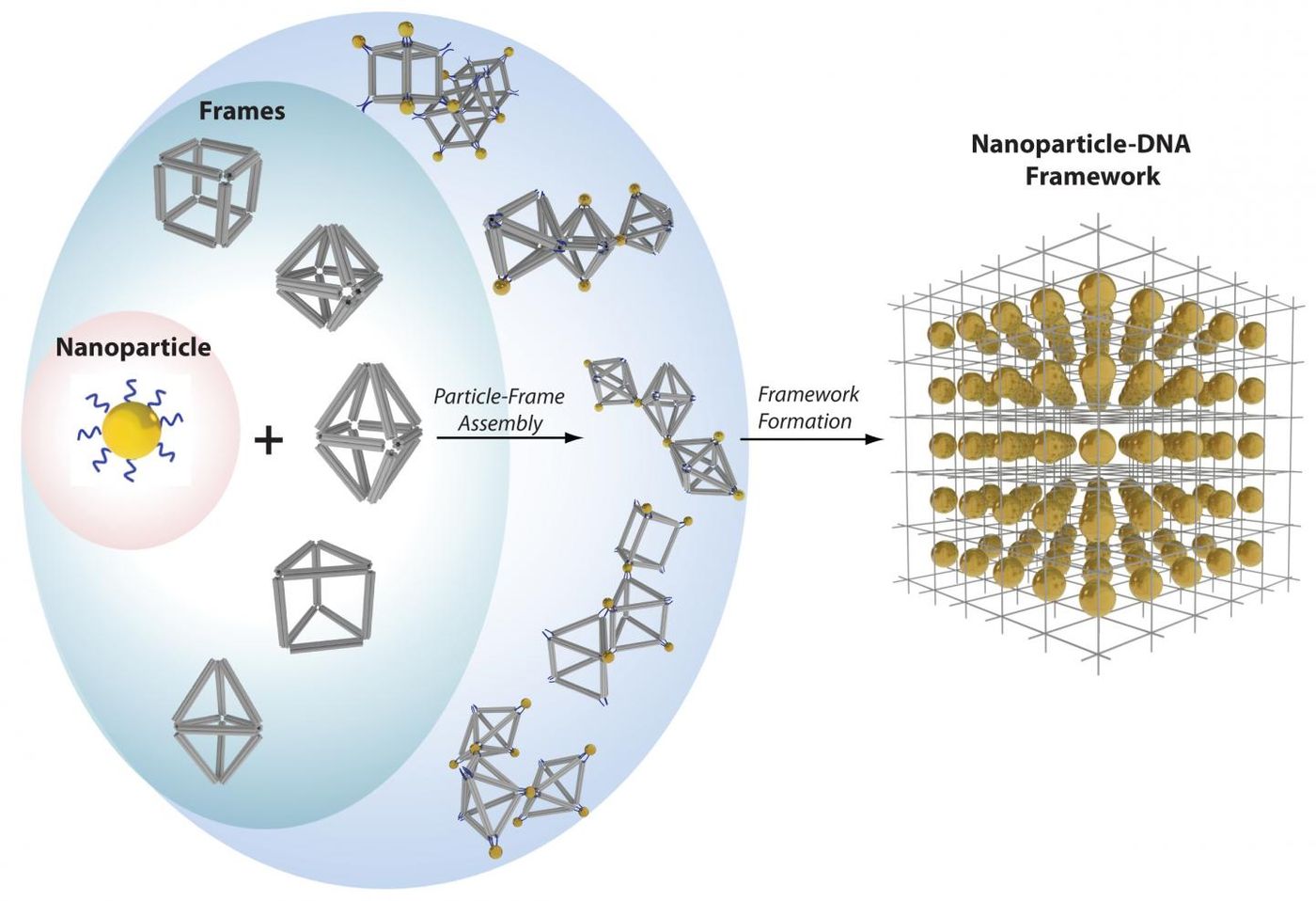
They were able to create many types of precisely-structured three-dimensional lattices of nanoparticles and bound DNA strands, increasing the diversity of possible nanostructures than ever seen before. Depending on what nanoparticles they included in the 3D lattices, the final form of the nanostructures could potentially contain optical, electrical, and/or magnetic properties that could be used for specific functions.
In their study, they developed a variety of structure shapes that they confirmed with cryo-electron microscopy, a time of microscopy that implements “electron beams to photograph frozen biological molecules and lay bare their molecular shapes.”
- Cube
- Octahedron
- Elongated square bipyramid
- Prism
- Triangular bipyramid
The same group also designed 3D frames of DNA with sets of single-stranded DNA on each corner for complementary strands bound to nanoparticles could attach. Like creating a puzzle with highly specific pieces intended to fall into place, the researchers could design an entire 3D structure just with the organization of single stranded DNA on the corners of the frame. Gang explained that constructing the DNA frames was to “promote the directional interactions between nanoparticles.”
They designed the frames with a self-assembly technique called DNA origami. Just like the Japanese art of paper-folding, DNA origami is an intricate method, characterized by mixing short, synthetic strands of DNA with longer strands of isolated, “biologically-derived” DNA. After careful heating and cooling, selective binding occurs between the two DNA strands, and various computational methods can be used to fold the double-helix into desired shapes.
"Although many additional studies are required, our results show that we are making advances toward our goal of creating designed matter via self-assembly," said Gang. "Our approach is exciting because it is a new platform for nanoscale manufacturing, one that can lead to a variety of rationally designed functional materials."
Along with self-assembly, the researchers from this study believe their findings show promise for nanoparticle technology due to the selectivity of DNA binding and the diversity of structures that can come of it. Based on the precise organization of a nanostructure’s functional components, the structure can take on different properties, just to name a few: “light-absorbing materials that harness solar energy, or magnetic materials that increase information-storage capacity.”
The findings from this study were published in
Nature Materials and
Nature Chemistry.
Sources:
U.S. Department of Energy,
Nature





